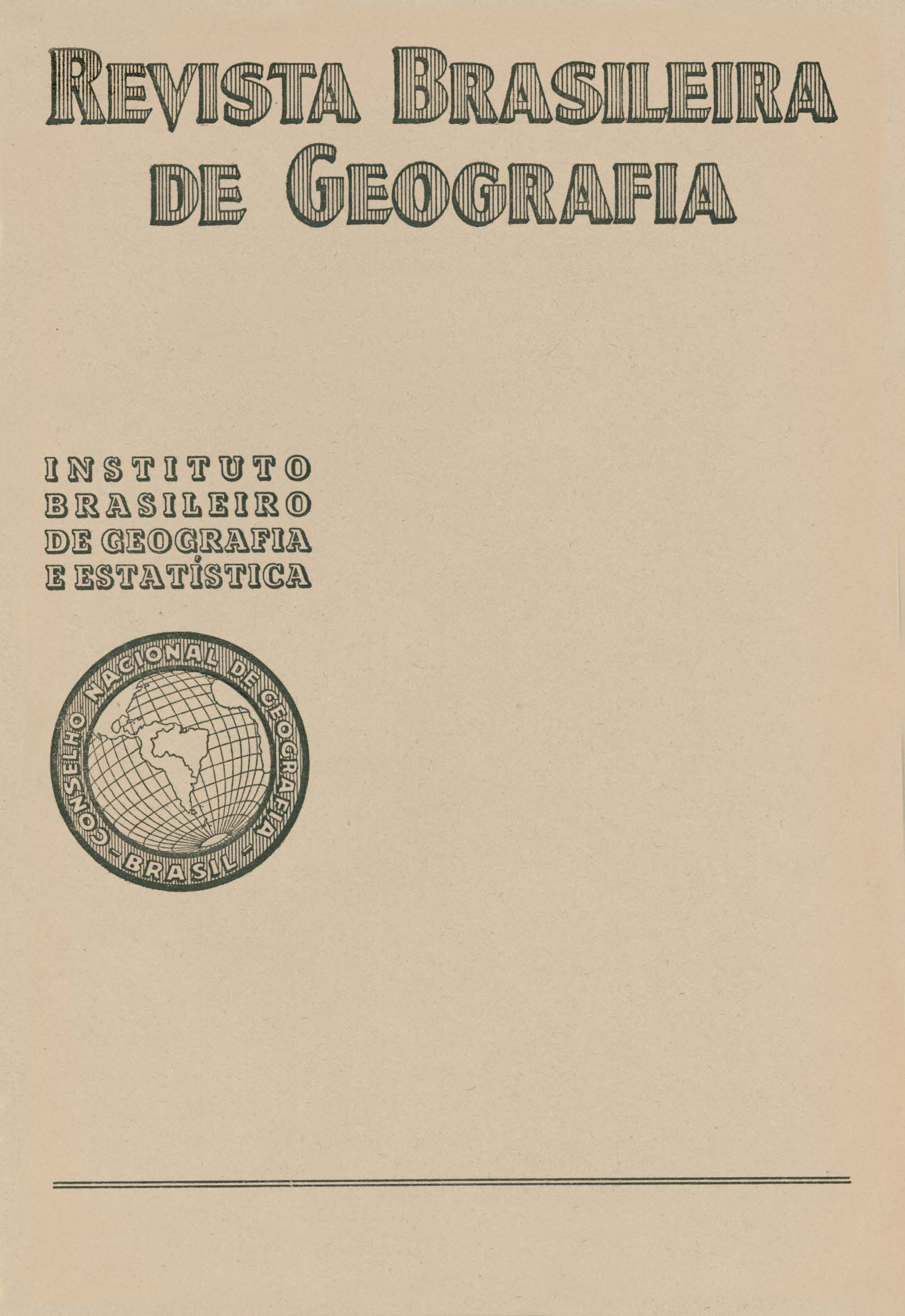Interpretação do mapa de produção de café no sudeste do planalto central do Brasil
Keywords:
Planalto Central do Brasil, Café, Economia Agrícola, Geografia Econômica, AgriculturaAbstract
Coffee constitutes the basic product of the country's agrarian economy, and in the Central Plateau the contribution is very small, being of 1,7% only. The culture of coffee in the Central Plateau shows a decline in production, except in the zone of Mato Grosso de Goiás, where new agriculturists are being attracted by the quality of the soil. The Municipality of Conquista in the Triangulo Mineiro is an example of the decline in the culture of coffee, notwithstanding the good quality of the product. Coffee planting is subject to the conditions of the soil rather than to the topography. The author makes a brief description of the soil of the region in question and analyzes the distribution of the coffee cultures and the intensity of production, drawing curves which join the points of equal production per unit of area. There are three zones with large production: Mato Grosso de Goiás, Mata da Corda and the Municipality of Conquista, where the curves of 50, 100 and 500 square kilometers are located. He concludes that the conditions of the Central Plateau are suitable to the culture of coffee and that the localization of high production areas depends principally on fertile soils which are rich in humus and originate from eruptive rocks.






